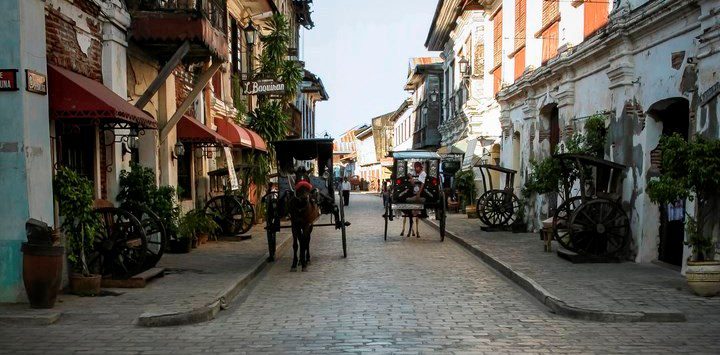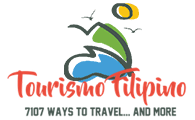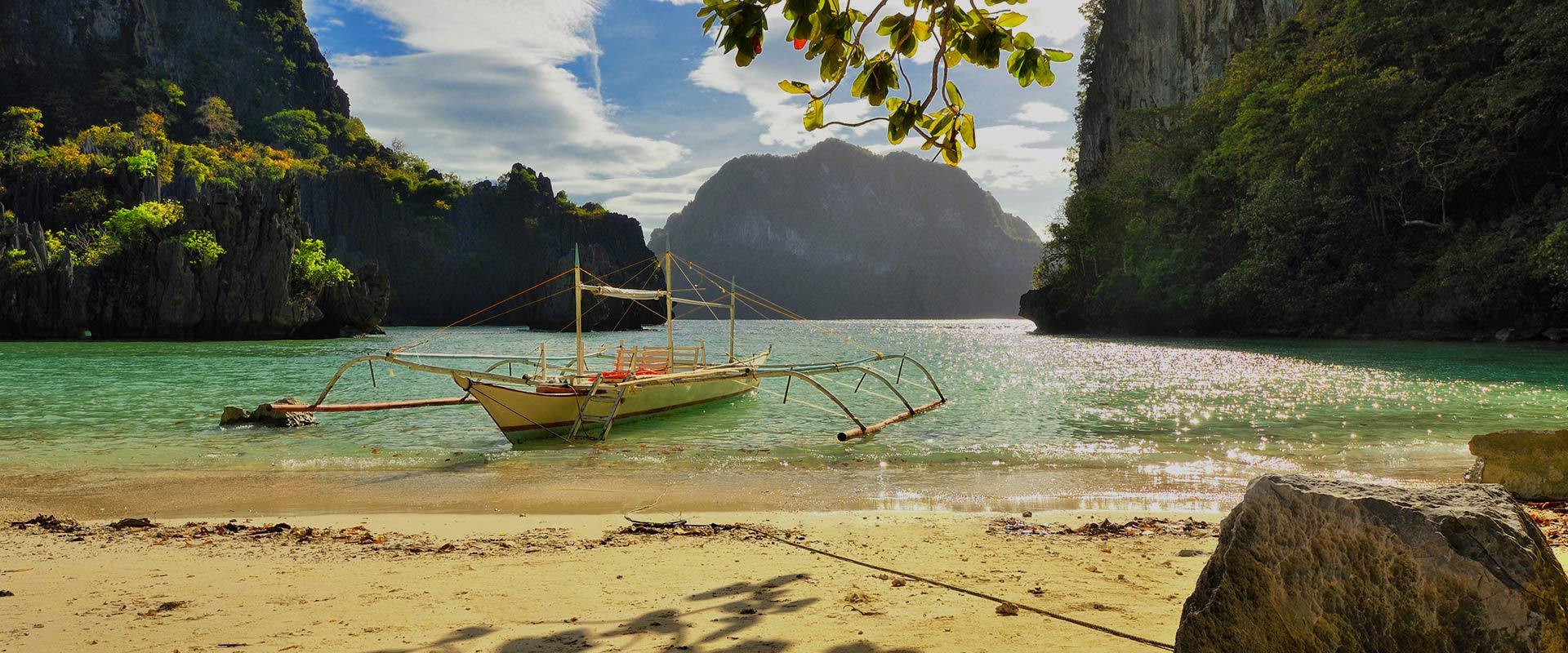
Vigan
The city of Vigan is one of the oldest and certainly one of the most well-preserved cities in the Philippines. Vigan is the capital city of the province of Ilocos Sur, located on the western coast of the island of Luzon. Vigan is known for its European influence on its architecture, well-preserved Spanish colonial houses, and cobblestone streets that attract tourists from all over the world. The city was also declared a UNESCO World Heritage Site on December 2, 1999.
Interestingly, the name “Vigan” does not originate from a Spanish word; in fact, its origin is from the South Fujianese (or locally known as Hokkien) word “Bee Gan.” The meaning of the word is “beautiful coast.” Confused? Well, this area was originally a settlement of Chinese merchants who came here from the Fujian province in China. As the Spanish conquerors and settlers, who often interchanged the sounds of V and B (with a strong emphasis on the letter B), the word “Bee Gan” in Chinese was pronounced as “Vigan” in the Spanish settlers’ speech. This name has been preserved to this day, and the Chinese settlers eventually assimilated into Spanish culture, adopting Spanish names. They continue to live alongside Christian Chinese families who have been in the area for generations, aiming to preserve the beauty and uniqueness of Vigan’s unique fusion culture.
Short video from the area and the town of Vigan (a promotional video for the competition of the 7 Wonderful Cities).
Transportation
Getting to Vigan, a historic city in the Philippines, is an exciting journey. Here are some transportation options to reach Vigan:
By Air:
Manila International Airport: The most common starting point for travelers to Vigan is Manila’s Ninoy Aquino International Airport (NAIA). From Manila, you have several options to proceed to Vigan.
Laoag International Airport: The nearest airport to Vigan is the Laoag International Airport, which is approximately 80 kilometers (50 miles) away. Some domestic airlines operate flights to Laoag. From there, you can take a bus or van to Vigan.
By Land:
Bus: Several bus companies operate routes from Manila to Vigan. The journey by bus may take around 10-12 hours, depending on traffic and road conditions. There are both day and night bus services available. Consider companies like Partas, Dominion Bus Lines, or Viron Transit for comfortable travel options.
Private Car: If you prefer a more personalized journey, you can rent a car or hire a private vehicle with a driver in Manila. The drive from Manila to Vigan takes approximately 8-10 hours, depending on traffic and stops along the way.
By Air and Land Combination:
Manila to Laoag by Air: Another option is to fly from Manila to Laoag International Airport, as mentioned earlier. From Laoag, you can take a bus, van, or hire a private vehicle to reach Vigan.
Once you arrive in Vigan, you’ll find various transportation options within the city, including tricycles, calesas (horse-drawn carriages), and walking, to explore the historic streets and attractions.
Attractions
Vigan Heritage Village. Some might say that the Mestizo Quarter, as it’s called, is the heart of Vigan, a charming and romantic area with old houses in the Spanish style lining the cobblestone streets of Plaridel and Mena Crisologo. This ancient and well-preserved area truly deserves its status as a UNESCO World Heritage Site. The old houses of the Sino-Spanish settlers still have steep roofs and wooden ceilings with impressive carvings, showcasing a unique blend of Chinese, Spanish, and Mexican architecture.
Baluarte. This small zoo is located in Salindeg and was once owned by one of Vigan’s prominent figures, the former governor of Ilocos, Chavit Singson. The place is open to visitors for free and serves as an interactive sanctuary for the animal world. You can find various animal species here, including lions and tigers that you can get up close with (well, not too close to the tigers, of course). Whether a sanctuary or a park, this place is dedicated to protecting and preserving endangered animals and educates people about different animals up close. It also hosts seminars and conferences and has a few souvenir shops. It is located in Barangay Tamag, Vigan.
Bantay Bell Tower. This is perhaps the highest point in Vigan, offering an impressive view of the city. During the Spanish colonial era, the Bantay Bell Tower (meaning “to guard”) served as a watchtower to alert against possible enemy attacks. The place that survived many natural disasters can be reached by a 10-minute tricycle ride from the city center.
Burnay Pottery. Vigan takes pride in its local clay pots known as Burnay. These pots are made from clay found in the Vigan area and mixed with good-quality sand. Skilled potters shape the clay into beautiful and durable containers using traditional methods, ovens, and potter’s wheels. The traditional way of making these local jars dates back to the pre-colonial period when Chinese immigrants began settling in Vigan. During those days, these jars were used for storing salt, water, and the local wine called Basi. Nowadays, tourists, especially foreigners, buy these jars as home decorations. Visit Barangay Pagburnayan to witness the pottery process.
Recommended Activities
The historical and tourist center of Vigan, spanning over 39 barangays (neighborhoods), is relatively small and can easily be explored on foot. From Burgos Square to the streets of Plaridel and Crisologo, the stunning and well-preserved Spanish architecture often defines the layout of the streets, creating a beautiful and picturesque appearance reminiscent of ancient European cities.
It is recommended to walk around Vigan and its surroundings or take a “Calesa” (a horse-drawn carriage) to tour the entire city and immerse yourself in the unique atmosphere and the feeling of traveling back in time. Take some time to visit the local tourism office in the regional area near Burgos Square (next to Café Leona) to get maps and additional information about Vigan. You can find souvenir shops on Calle Crisologo where you can buy T-shirts, bags, and other cool items to take home. Walk along this stretch of road, and the “click-clack” of the horse-drawn carriages on the cobblestone streets will create a charming and enchanting atmosphere that you won’t want to miss.
Try one of the local delicacies like “Longanisa,” a flavorful and meaty sausage native to Vigan, which is one of the most famous dishes in this small fishing village. Also, don’t miss “Bagnet,” pork fried twice to give it its crispy texture and sinful flavor – a real delicacy! Don’t miss the opportunity to enjoy the local cuisine, which is a blend of Filipino, Chinese, and Spanish flavors, just like Vigan itself. There’s nothing quite like the food in Vigan.


